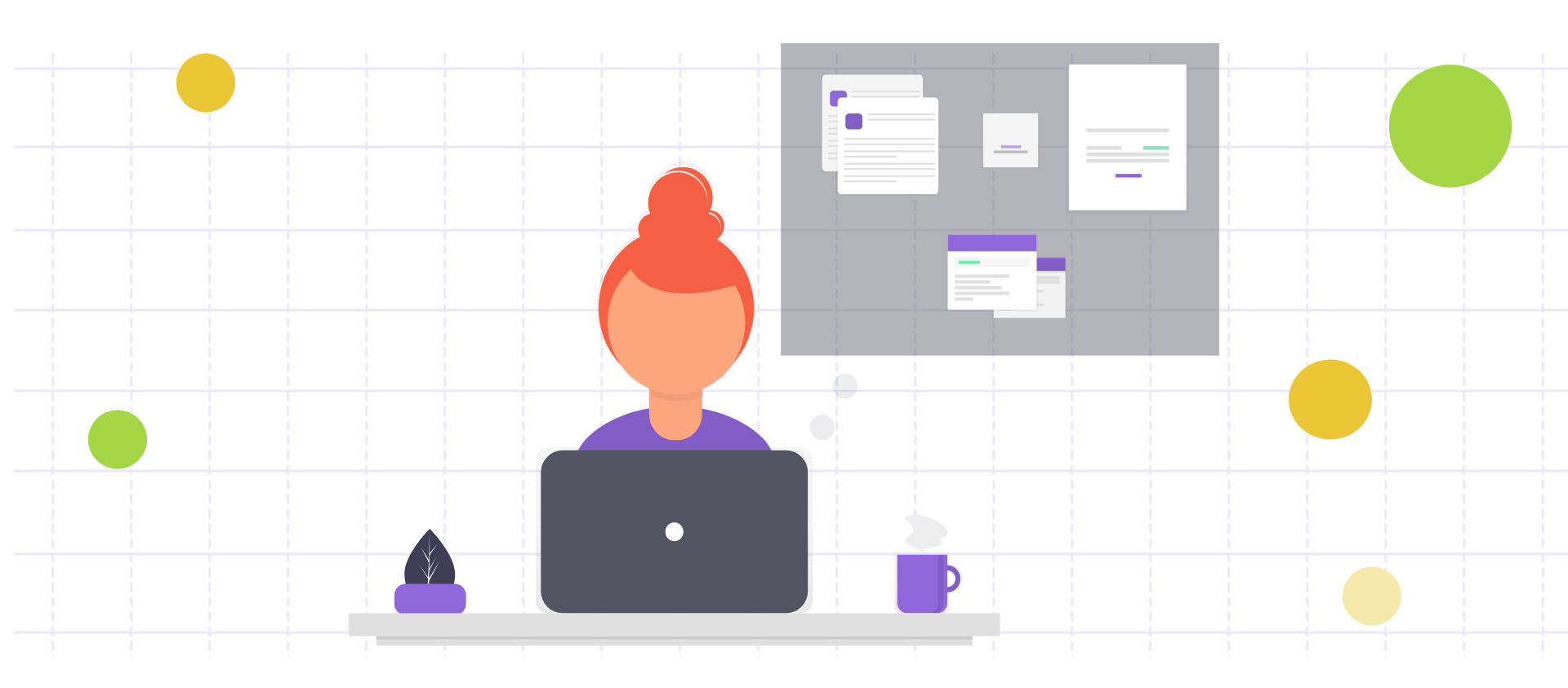Several organizations begin with noble intentions and clean objectives. They often start with a limited donor pool that also reduces the resources for applying capable software. Many organizations initially function with an Excel worksheet.
Today, with the overflow of incoming data and information, spreadsheets can be strained to their capabilities. Investing in non-profit CRM software is the best way for moving forward. However, immediately rushing to a software acquisition is not recommended.
We now detail what a non-profit CRM software can do, alongside its benefits for your organization.
What is Non-Profit CRM Software?
Non-profit organizations make use of CRM software for the management of multiple relationships. These connections might cover the relationship between nonprofits and their constituents. The components can be represented by donors, representatives, volunteers, and group members.
The existence of nonprofit CRM software is based upon assisting organizations. The implementation of CRM for nonprofits is crucial in attracting and maintaining members who are willing to support organizations financially. The retention of financial donors is beneficial in sustaining the consistency of volunteer work.
CRM Software for nonprofit organizations is primarily used by nonprofit employees. These individuals are responsible for outreach, connections, marketing, public relations, and fundraising. This type of software also links nonprofit organizations to professionals specializing in nonprofit methods.
The other applications of CRM software can be seen with management teams. Any manager can make use of the nonprofit CRM software to keep track of marketing efforts and the subsequent results. The software also provides a clear view showcasing the involvement of their employees in various roles.
Benefits of Nonprofit CRM Software
Nonprofit CRM software seamlessly integrates with accounting and payment processes. The software can be used extensively in tracking financial resources, revenue, and the influx of donations. Several CRM software applications can be integrated with many software versions covering grant management and fundraising activities.
Top Features of Nonprofit CRM Software
- Donor Profiling
Nonprofits should be able to keep track of ideal or existing donors. CRM software helps nonprofit organizations access crucial information about any donor. Apart from the basic functions of CRM software, it can be a storage application. The nonprofit software can act as a vault concerning donor details.
- Personal Details
Quick access information regarding every donor can be stored. Changes and updates can be performed easily through its digitized structure.
- Customized Sections
Extra sections can be added with CRM software applications. It can help with filling out details that can summarize a complete picture of a certain donor.
- Activity Records
A CRM software can help track relevant information. For example, it can show a donor’s contribution history. It may also include the method, type, event registrations, and past relationships a donor has completed.
- Groups
Learning about the groups that a donor has helped is beneficial in the long run. The information collected can result in additions with current gaps in a donor’s history.
- Technological Features
The CRM software offers a unique technological feature to nonprofit organizations. The technology can help nonprofits store huge amounts of data about multiple relationships. Resource management, expenditure, and patterns can also be reviewed in a digitized method.
- Track Constituent Information
- Store Donor Data
- Calendar Function for Fundraising Activities
- Task Distribution
- Team Member Roles
- Recording
- Tracking Donor Interaction
- Access to Existing Donor Data
- Summarize Revenue and Financial Data
- Report Production
The CRM software meticulously monitors and stores the donor information you record. It is responsible for scrutinizing and organizing vast amounts of data into comprehensible reports. The efficient system develops a full summary you can use for marketing campaigns, emails, and the creation of donation pages.
CRM software can help you produce reports about:
- Transactions
- Donations
- Resources
- Funds
- Events
- Attendees
- Guests
- Amount of Funds Raised
- Messaging
- Create Messages to your Donor pool
- Report the outcome of events
- Donation Management
Advanced business intelligence tools and utilities display data in a comprehensible manner. The data collected can be represented by visual dashboards, graphs, tables, and spreadsheets. Donations received from constituents can easily be tracked and recorded.
Nonprofit CRM software features technological modules that help in managing relevant activities concerning a donation. Presentations aimed at potential donors can be crafted originally. The organization’s logo, purpose, mission statement, and supporting elements can be quickly incorporated.
The creation and presentation of an organization’s forms are essential in informing people that the money they contribute is spent securely with clean intentions.
- Automation
An organization’s workflow is crucial for its smooth function. Nonprofit CRM software tools are capable of producing lists of tasks. The compiled categorization of assignments can then be individually distributed to every employee available for nonprofit work.
Conclusion
Nonprofit CRM software is essential for the proper and consistent function of nonprofit organizations. It can help them gather and report crucial data about their constituents such as volunteers, members, and financial donors. CRM software may act as an autonomous program that handles every transaction performed by a nonprofit organization.
